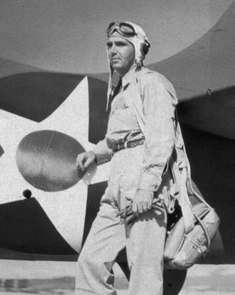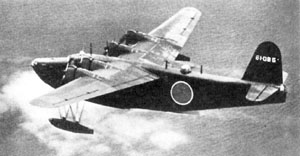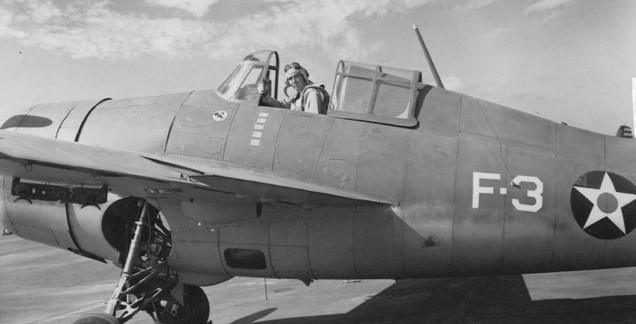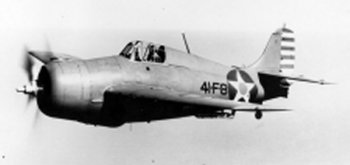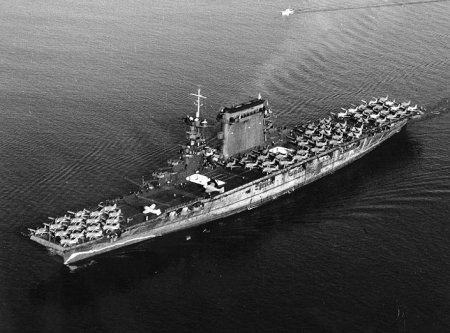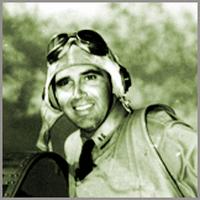
|
The role of the fighter pilot aboard an aircraft carrier at sea is the same as that of a fighter pilot anywhere: to win and hold control of the air. Until he does this, his own base--the carrier--is not safe. And the important bombers and torpedo planes the ship carries may not be able to get through the enemy fighter screens with their lethal loads. To be successful, the fighter pilot had to master more tasks than any other single man in World War II. He had to be exceptionally good, of course, at handling a fighter plane--alert, with superior coordination and split-second timing. There was an unprecedented amount of technical know-how to absorb, including complex mechanical systems, electronics, navigation, radio and operational procedures. He had to be a good shot, too. All of this called for unusual judgment, skill and courage. Nothing could dramatize these qualities better-- or illustrate their value more vividly--than the heroic exploits of Navy Lieutenant Edward "Butch" O'Hare. Edward H. O'Hare was born on the 13th of march, 1914 in St. Louis, the son of "E.J." O'Hare, a wealthy businessman and attorney. His parents sent him to Western Military Academy (WMA) at age 13, where he pursued an interest in marksmanship, becoming president of the rifle club. In 1932, he graduated from WMA, and in 1933 went on to the US Naval Academy. |

